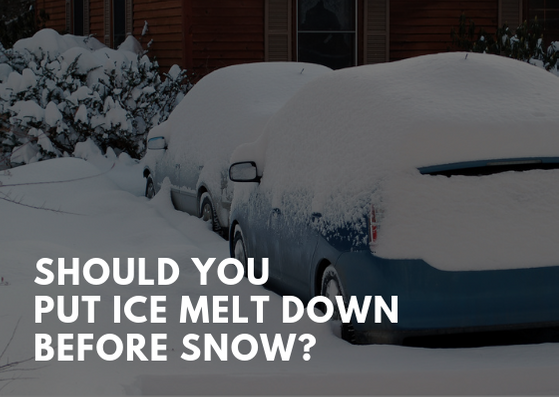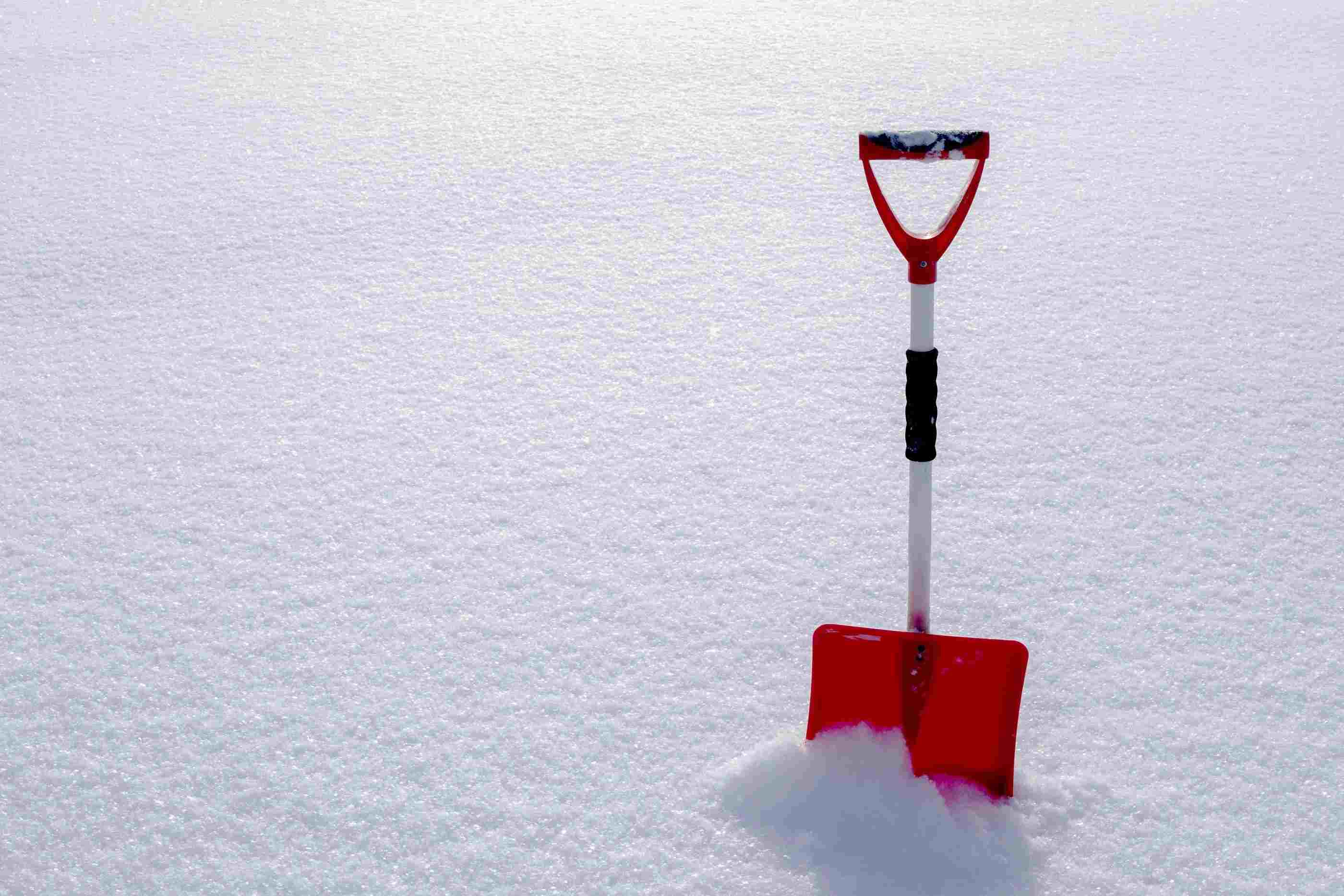 Most of us want to be as preventive as possible when it comes to managing snow and ice in order that we can maintain the safety of our homes and enjoy the winter months with little hassle. Ice melt is a popular choice for managing snow and ice and, if used properly, has its benefits. However, using it properly is key.
Most of us want to be as preventive as possible when it comes to managing snow and ice in order that we can maintain the safety of our homes and enjoy the winter months with little hassle. Ice melt is a popular choice for managing snow and ice and, if used properly, has its benefits. However, using it properly is key.
While there are a lot of products out there on the market, misconceptions abound about how to use ice melt optimally. Understanding what it is and how it works will help clarify how to use ice melt effectively for melting snow and preventing ice buildup.
What is Ice Melt and How Does It Work?
It’s commonly assumed that the term “ice melt” refers to anything that melts snow and ice, including rock salt. In actuality, ice melt refers to its own classification of compounds, separate from rock salt.
Rock salt has long been one of the more commonly used materials for melting snow and ice. It works by forming a brine that has a lower freezing point than water, causing ice to melt and remaining effective down to about 25 degrees Fahrenheit. However, there are some definite drawbacks to its use, such as damage to concrete and plants, as well as risks to pets.
Ice melt, on the other hand, comes in a variety of compositions mainly consisting of combinations of calcium chloride, magnesium chloride, potassium chloride, and sodium chloride, although urea is also commonly used.
While each of these compounds behaves a bit differently, in general, ice melt also works by lowering the freezing temperature of water. The process of attracting water and forming a brine produces heat that in turn melts snow. As it melts, the concentration of the ice melt and water solution is lowered and the freezing point of water begins to increase again until more ice melt is applied.
Depending on the product used, ice melt typically works faster and at lower temperatures, even down to minus 25 degrees Fahrenheit as in the case of calcium chloride. It’s also advertised as being safer to use around pets, plants and water sources although it can still have a corrosive effect on underlying surfaces.
Should You Put Ice Melt Down Before Snow?
Back to our original question: Should ice melt be applied before snow? The answer is yes, and it should also be applied during storms to maintain its snow- melting efficiency. Applying ice melt prior to a storm will cause brine to form when snowfall starts and will prevent ice from bonding to surfaces. While it may not completely melt all the snow that falls, applying ice melt prior to snowfall will simplify ice and snow removal.
Dispersing ice melt during snowfall will prevent snow from becoming hard-packed and resulting in dangerous icy layers. In general, after about an inch of snow has fallen it should be shoveled and ice melt should be reapplied.
Tips for Using Ice Melt Effectively
In order to use ice melt optimally, consider the following tips:- Follow the product directions regarding the amount of ice melt to disperse. Using too little won’t be effective, but there is also definitely such a thing as “too much.” Keep in mind that a small amount of these products usually goes a long way.
- Use a “push” type or hand-held spreader for dispersing ice melt evenly and consistently. Avoid letting it pile up.
- Shovel away slush and water and apply more ice melt to icy areas as needed.
- Combine your ice melt with sand for extra traction. Some products already contain some form of grit or sand so this may not be necessary, but it is helpful for preventing slip-and-fall accidents. It also prevents ice melt from coming in contact with underlying surfaces, thus cutting down on corrosiveness.
- Scoop up and remove ice melt to prevent harm from runoff to landscaping and plants, even if it claims to be “environmentally safe.” Brine can be harmful to plants.
When it comes to considering when and how to use ice melt, it’s a good idea to think about your goal. If it is to prevent ice, and you can stay ahead of the weather, don’t mind dispersing ice melt both before and during a storm, and can manage the potential damage to surfaces and plants, then ice melt may be a viable option for you.
If your goal is to keep any snow from accumulating and to avoid as much time and effort as possible setting up and maintaining your snow-management program, you’ll want to consider a much easier, more efficient option such as heated snow melting mats. With this option, you can also eliminate any concern of damage to your driveway, walkways, and stairs; risk to your pets or landscaping; and post-storm cleanup.


